14 adorable, breathtaking and funny pictures from the Close-Up Photographer of the Year 2020
From a friendly toad to an eel in a dark tropical sea to a group of funghi 'marching' along a tree trunk in Buckinghamshire, we take a look at the best images from the Close-Up Photographer of the Year competition.
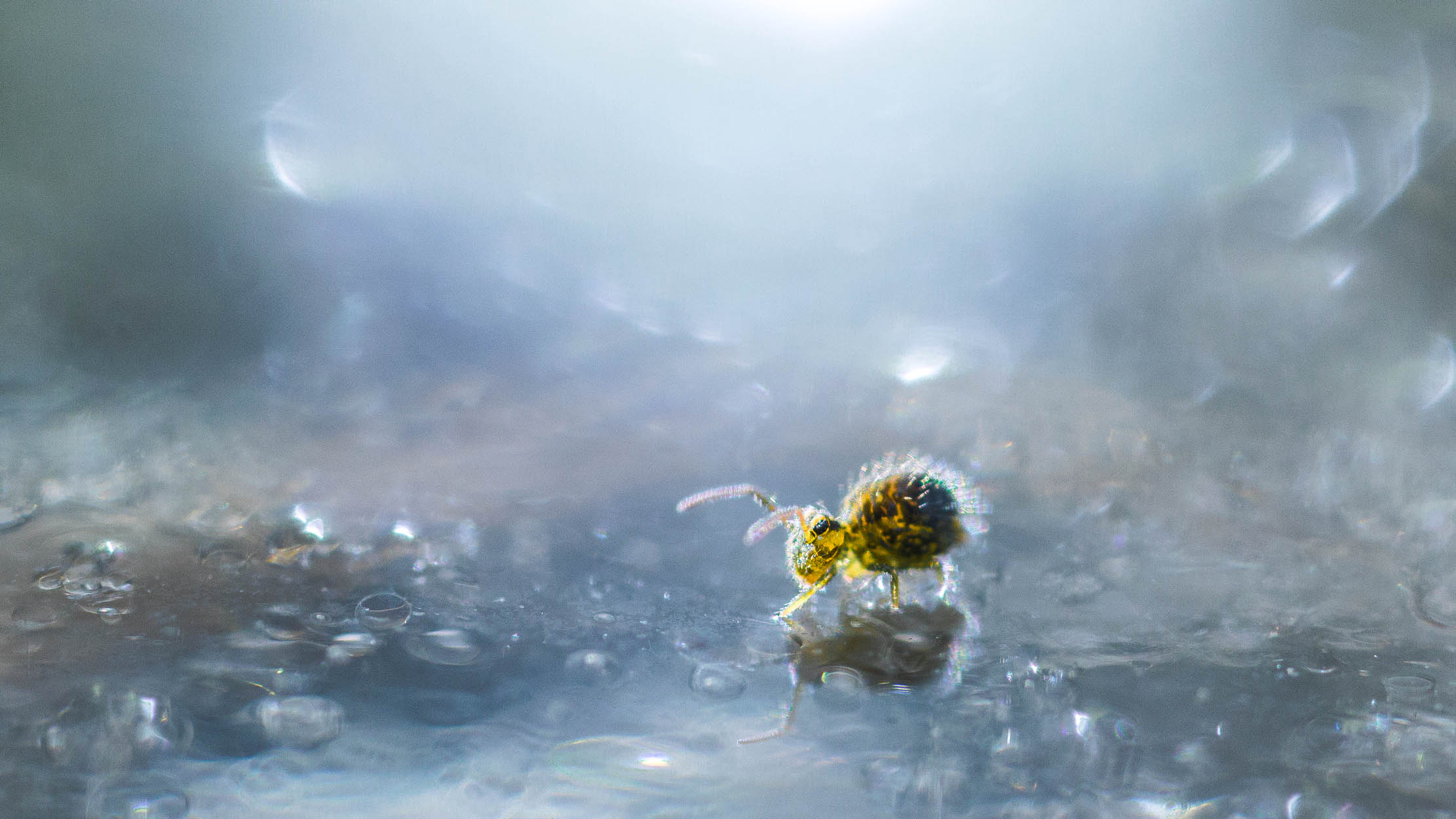
This year marked the third edition of the Close-Up Photographer of the Year competition, a contest set up by husband and wife team Tracy and Daniel Calder. It celebrates the very best close-up, macro and micro photography; this year, there were 6,500 entries from 52 countries, competing for a £2,500 prize.
If you think you'd like to try but don't think you have the right gear, don't be discouraged. Andrei Savitsky, whose image 'Glass Worm' we look at below, took his picture with an ageing smartphone and a microscope.
Below, we take a closer look at five of our particular favourites — including that of overall winner Galice Horau — and how they were captured, plus a selection from among the best of the rest.
You can see the full gallery of the winners, runners-up and the best 100 entries at www.cupoty.com.
Eel larva
Galice Horau — Winner: Animals, and Overall Winner. 'What makes blackwater diving so magical is the abundance of rarely seen planktonic creatures you spot as they take part in one of the largest daily migrations of any animal on Earth,' explains Galice. 'After sunset, small pelagic animals (like this larva) rise close to the surface to feed where the sunlight has allowed planktonic algae to grow. At sunrise, they dive into the depths and stay down there during the day to escape predators.’
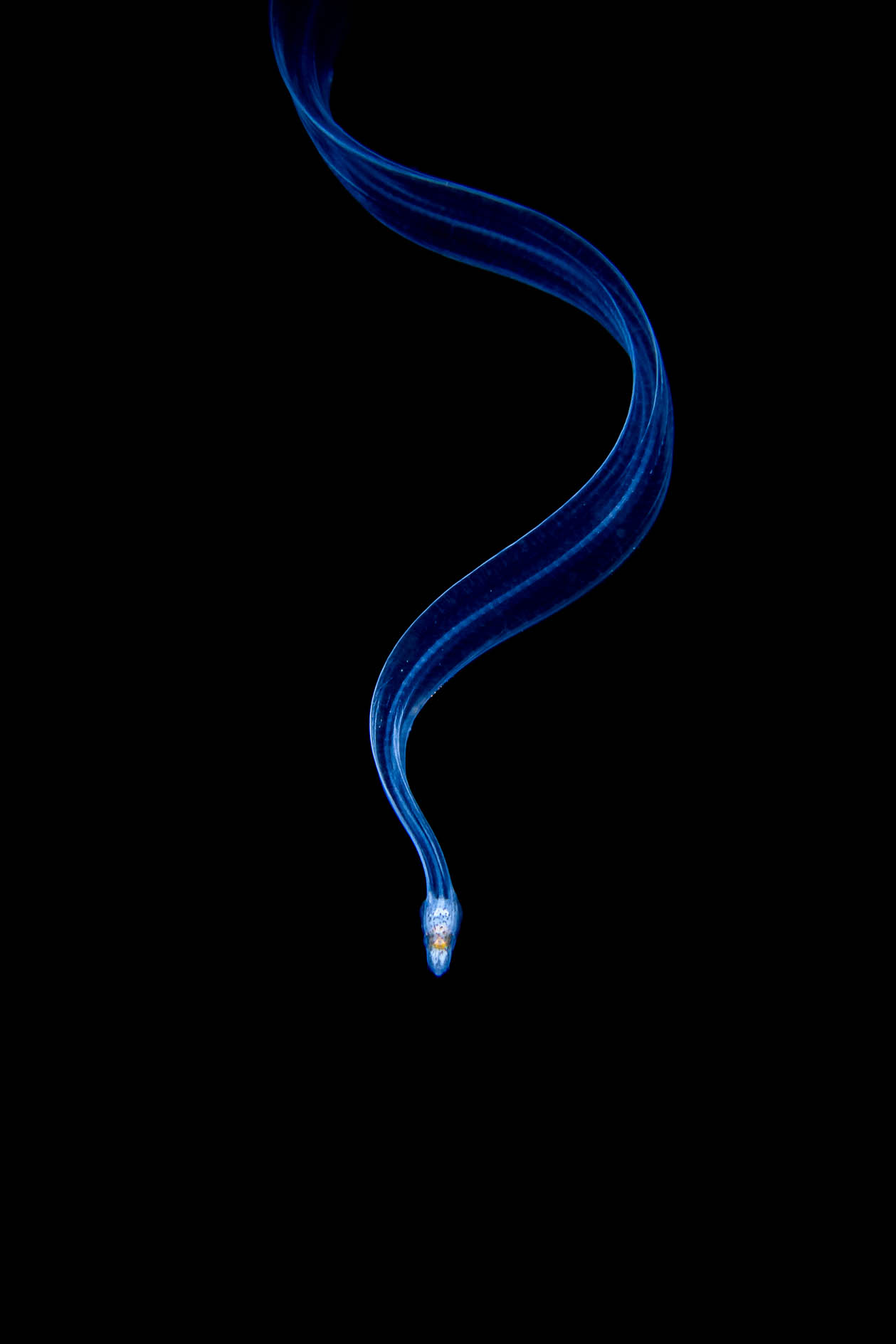
Bufo Bufo
Mathieu Foulquié — 3rd Place Animals. 'This common toad took a liking to me, probably because I looked like a frogman myself,' says Mathieu. 'He didn’t stop following me during my two-hour dive.'
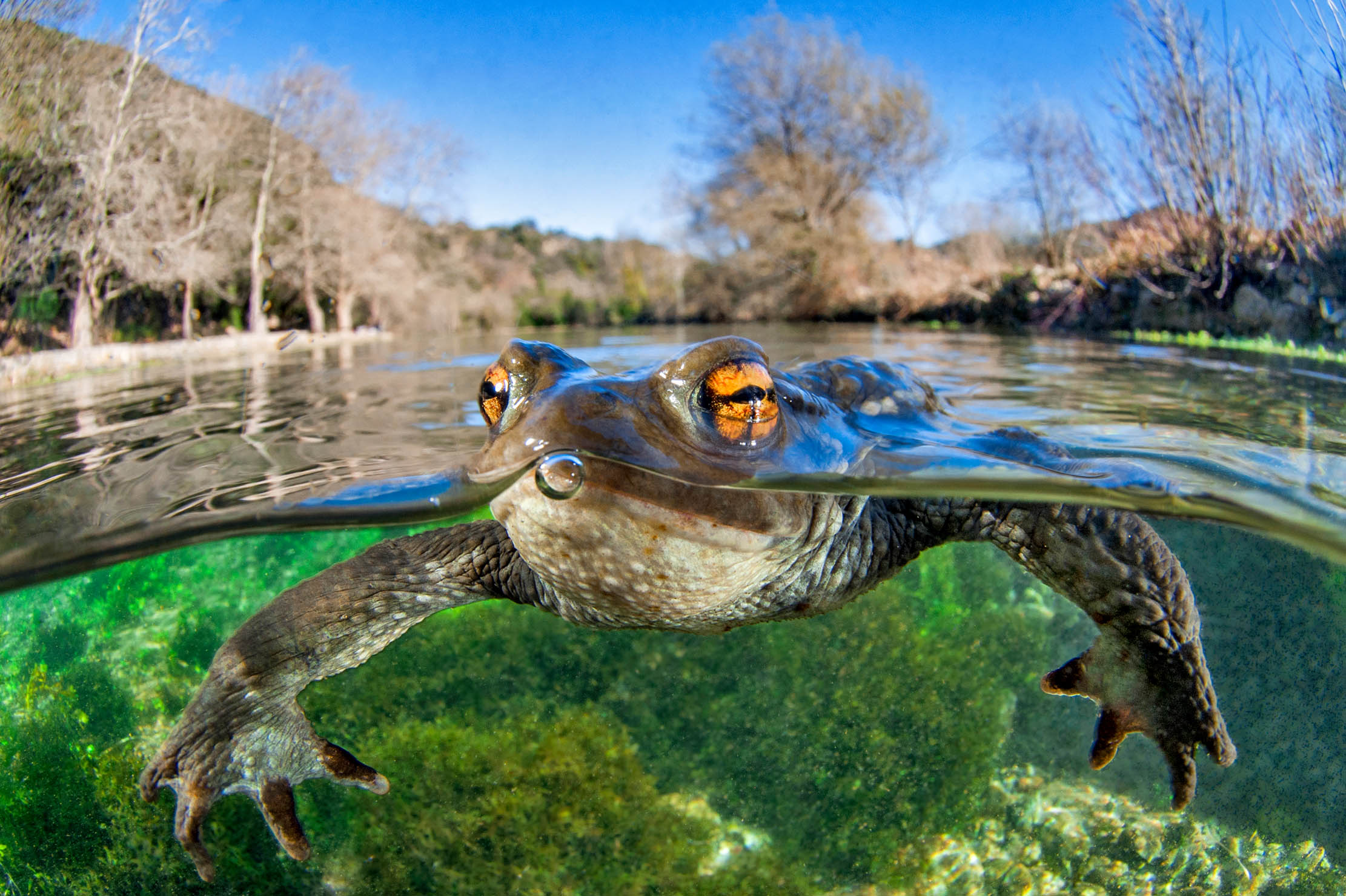
Little Ball
Tamás Koncz-Bisztricz, Young Close-up Photographer of the Year. 'One frosty winter’s morning I headed out to take some extreme macro shots at the surface of some frozen water that had pooled in the tracks left by a tractor. Crouching down, I spotted some yellow globular springtails (Sminthurus maculatus) which feed in the sunrays reflected from the ice. I used LED torches to illuminate one of them, and came away with a picture that celebrates this tiny creature. '
Exquisite houses, the beauty of Nature, and how to get the most from your life, straight to your inbox.
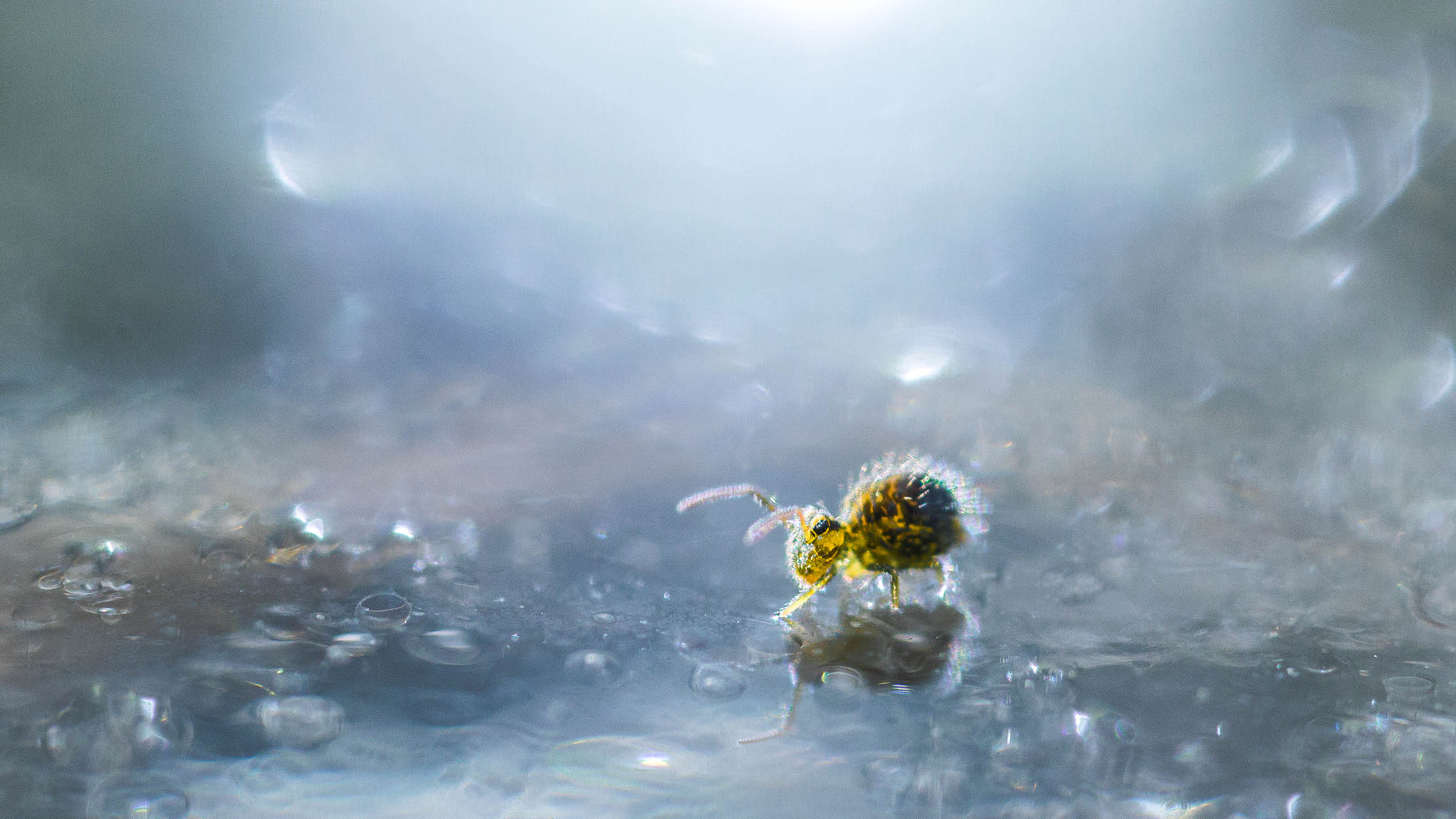
Glass Worm
Andrei Savitsky — Winner: Micro. 'Glass worms can vary in length from about half an inch to two inches... To create the picture here I made a panorama of eight frames, each of which was focus stacked. To make the image as detailed (and aesthetically pleasing) as I possible I used darkfield and polarisation techniques.'

Slime moulds on parade
Barry Webb — 2nd Place Plants & Fungi. 'It was taken in February 2020 in a mixed woodland in Buckinghamshire, UK. It shows a line of 2.5mm high, fruiting bodies of the slime mould Metatrichia floriformis growing on a decaying beech trunk,' says Barry. 'Initially, I liked this group because it showed different stages in their development. But when I looked through the magnifier, I noticed that the fruiting bodies resembled people standing in a line – the holes in the stems looked like little legs!’
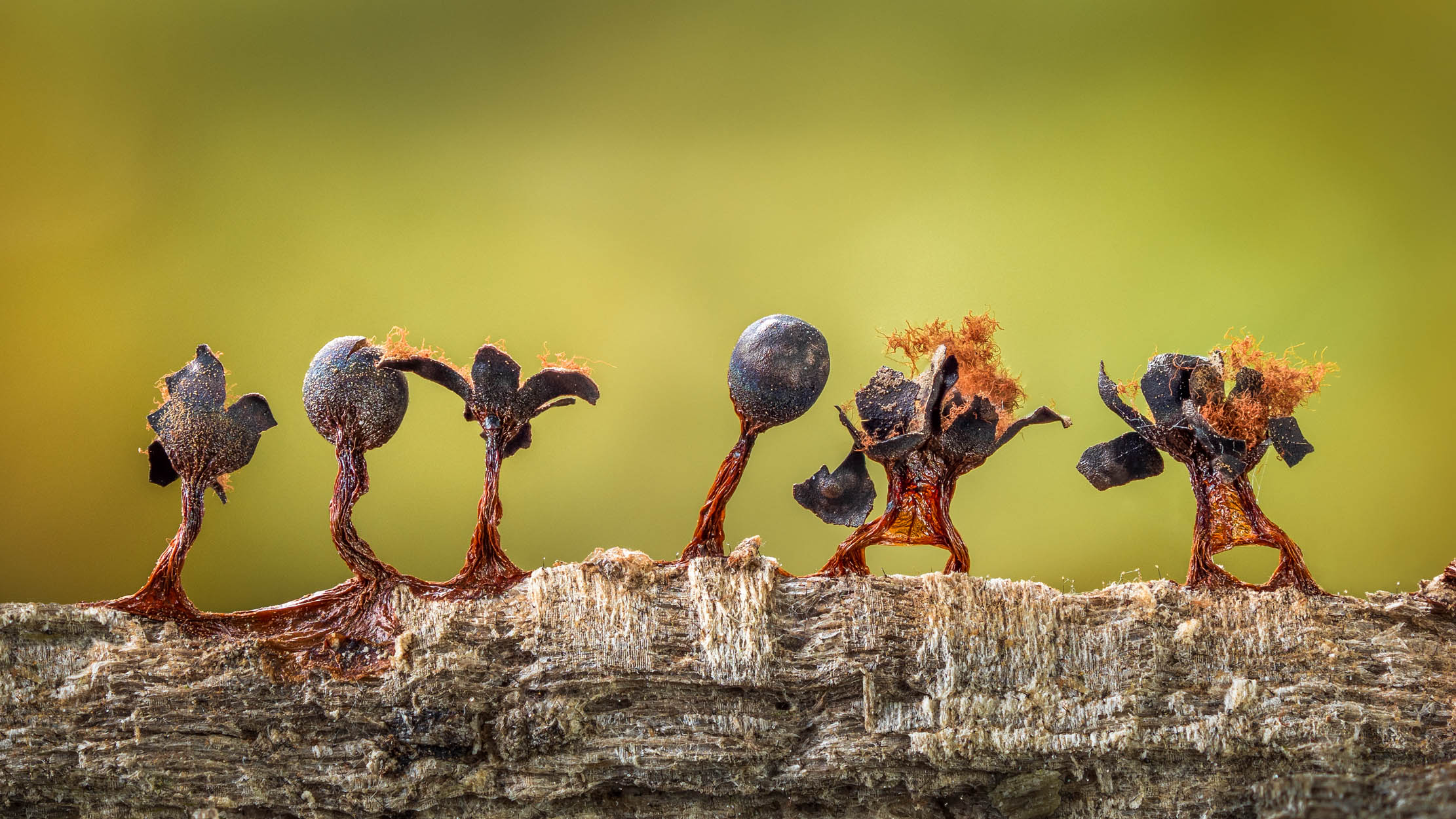
The best of the rest
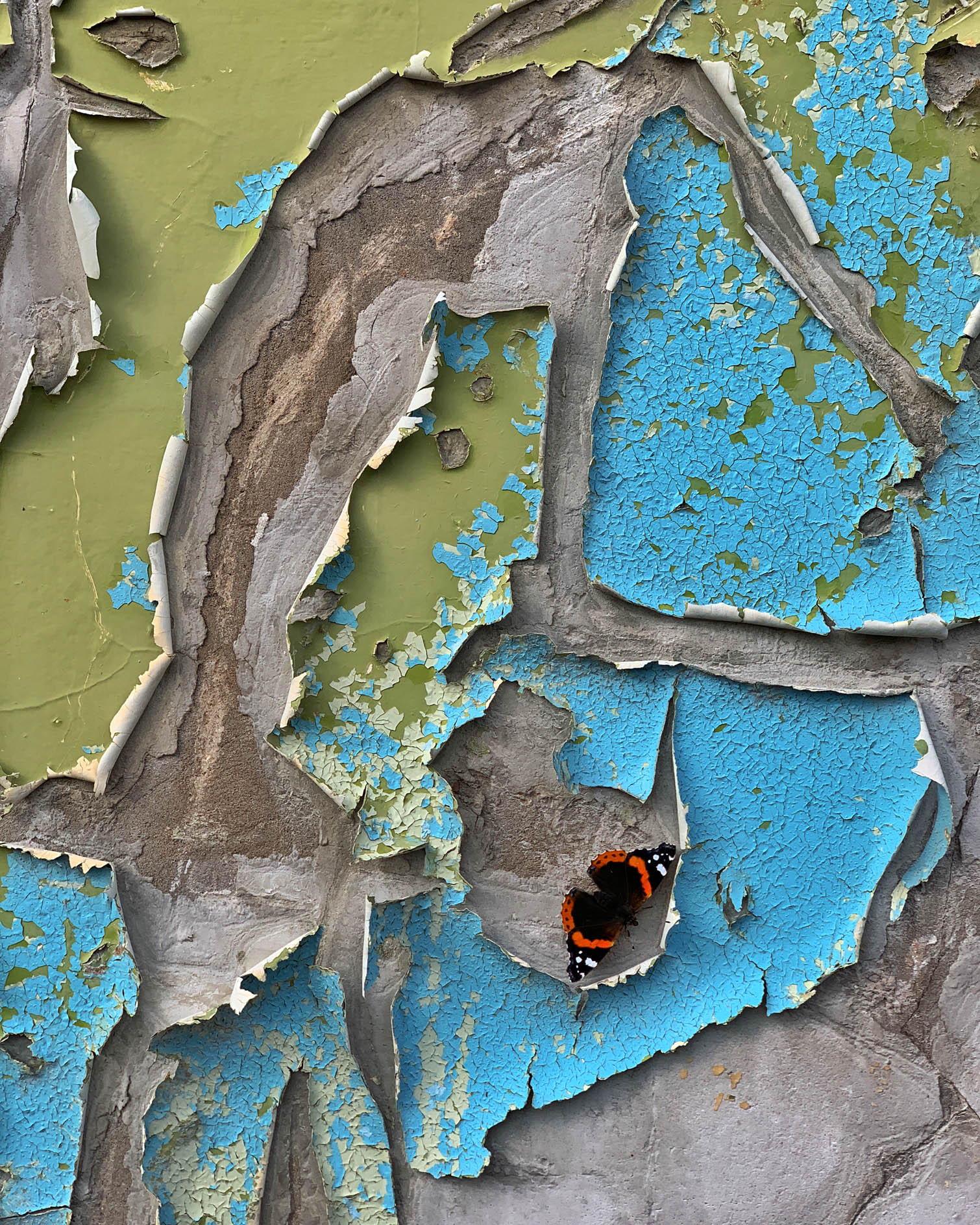
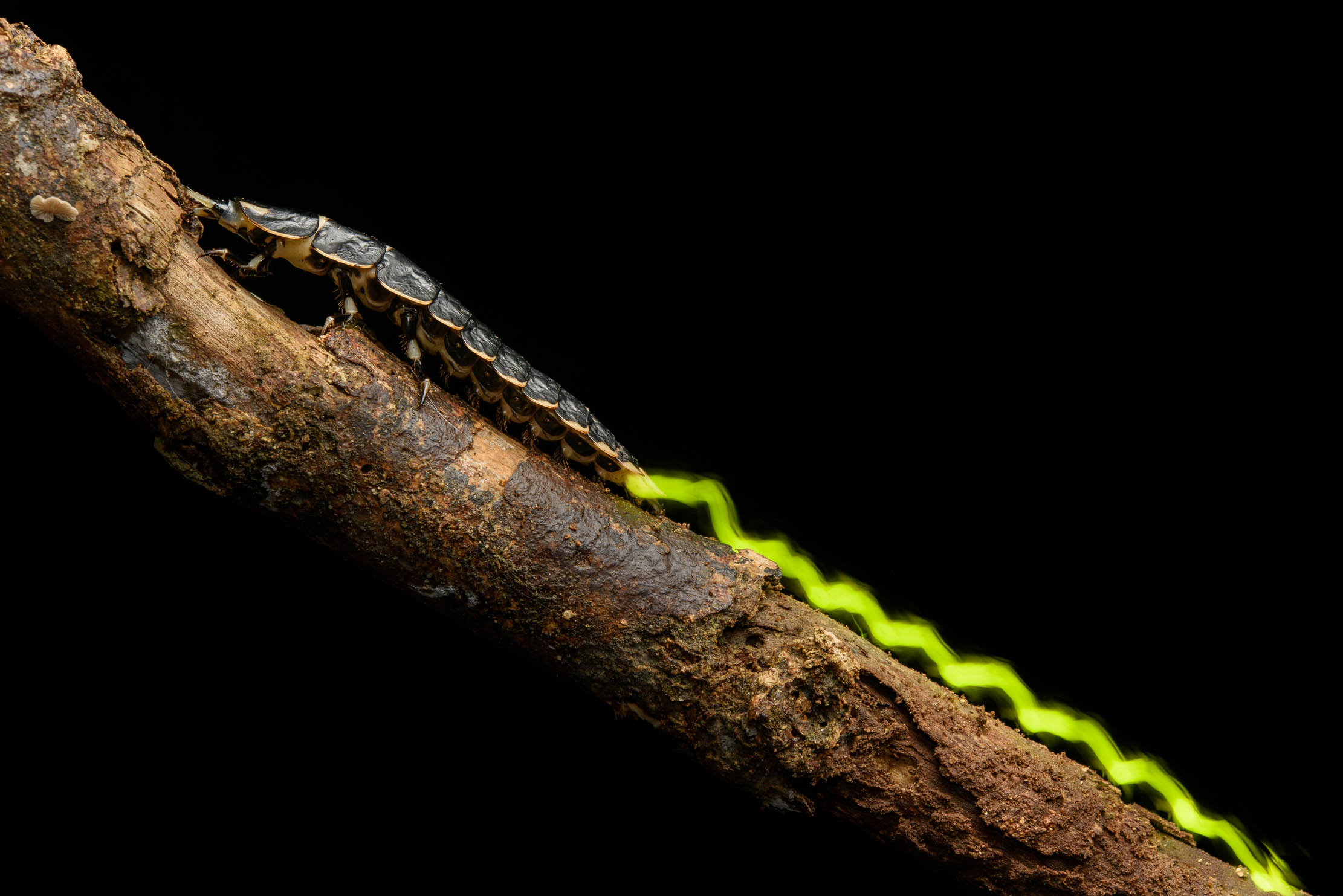
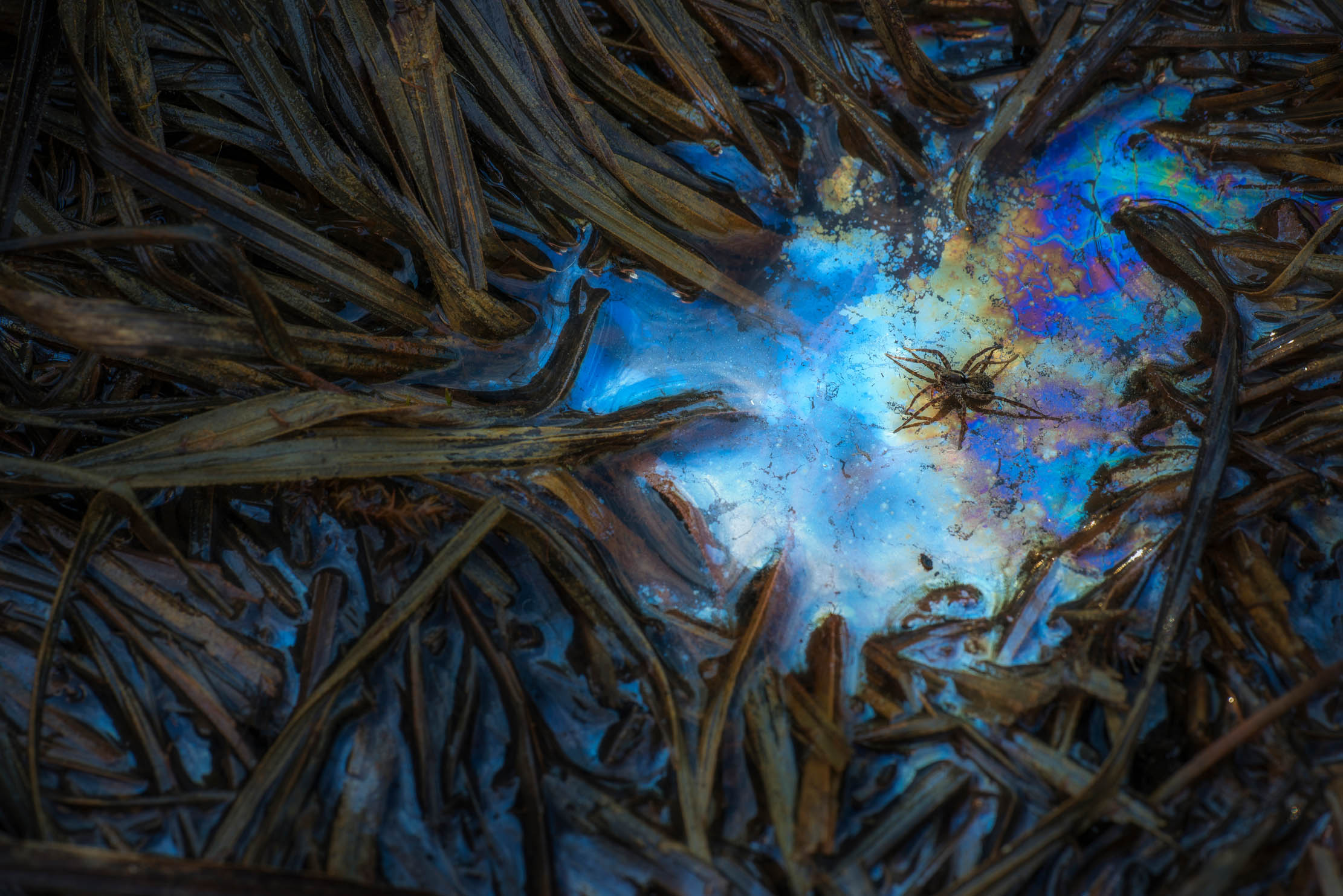
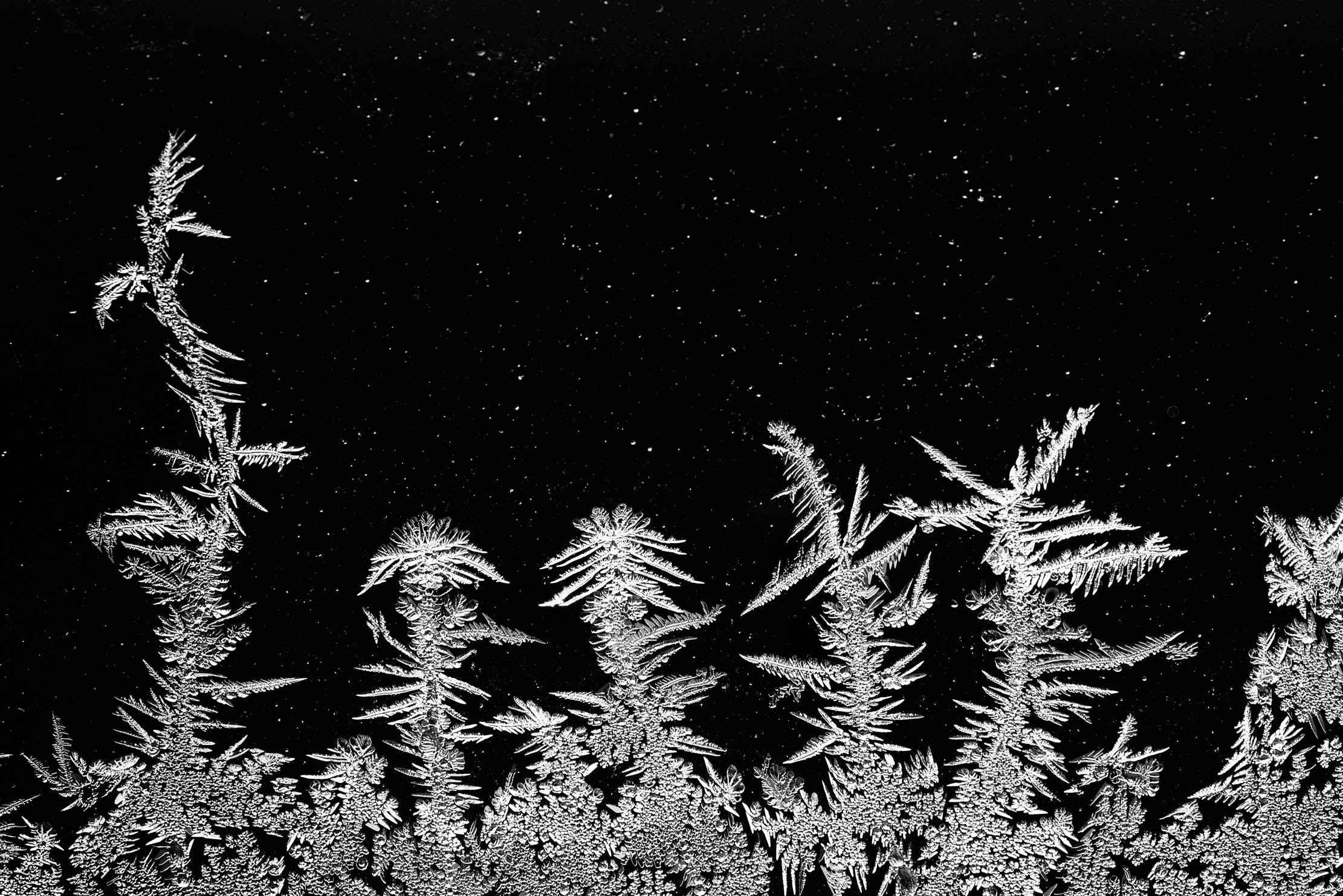

Rock star. ©Giacomo Redaelli | cupoty.com
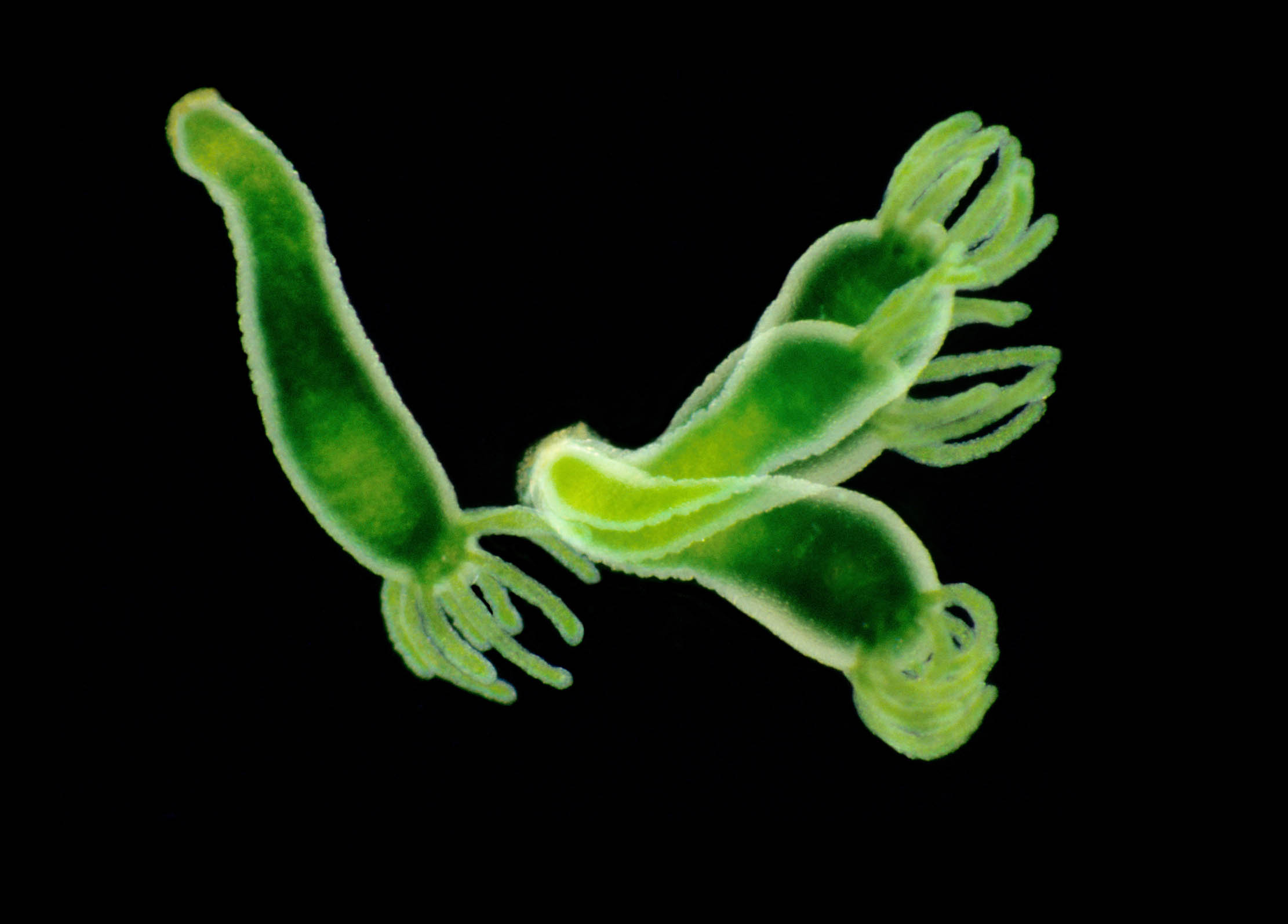
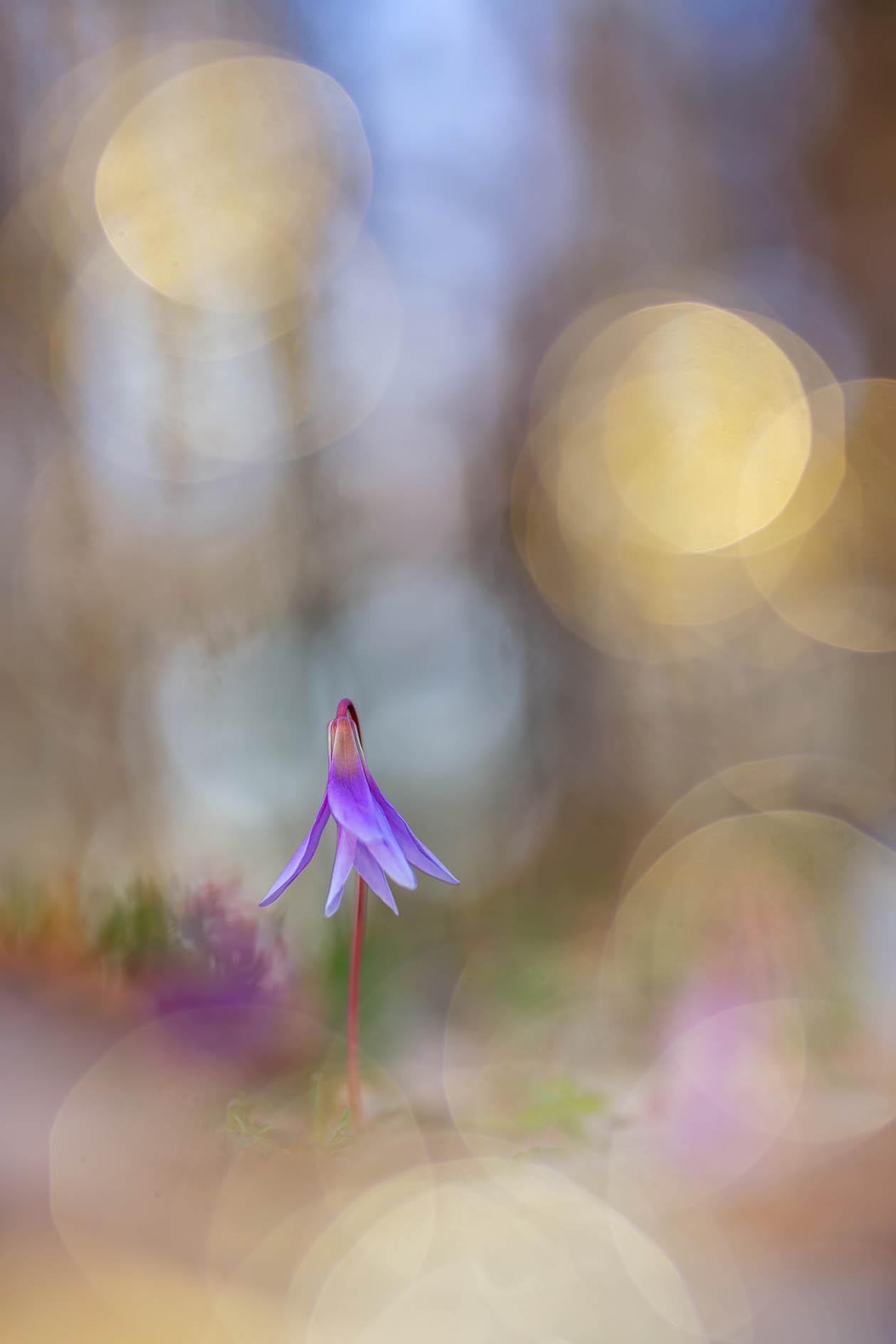
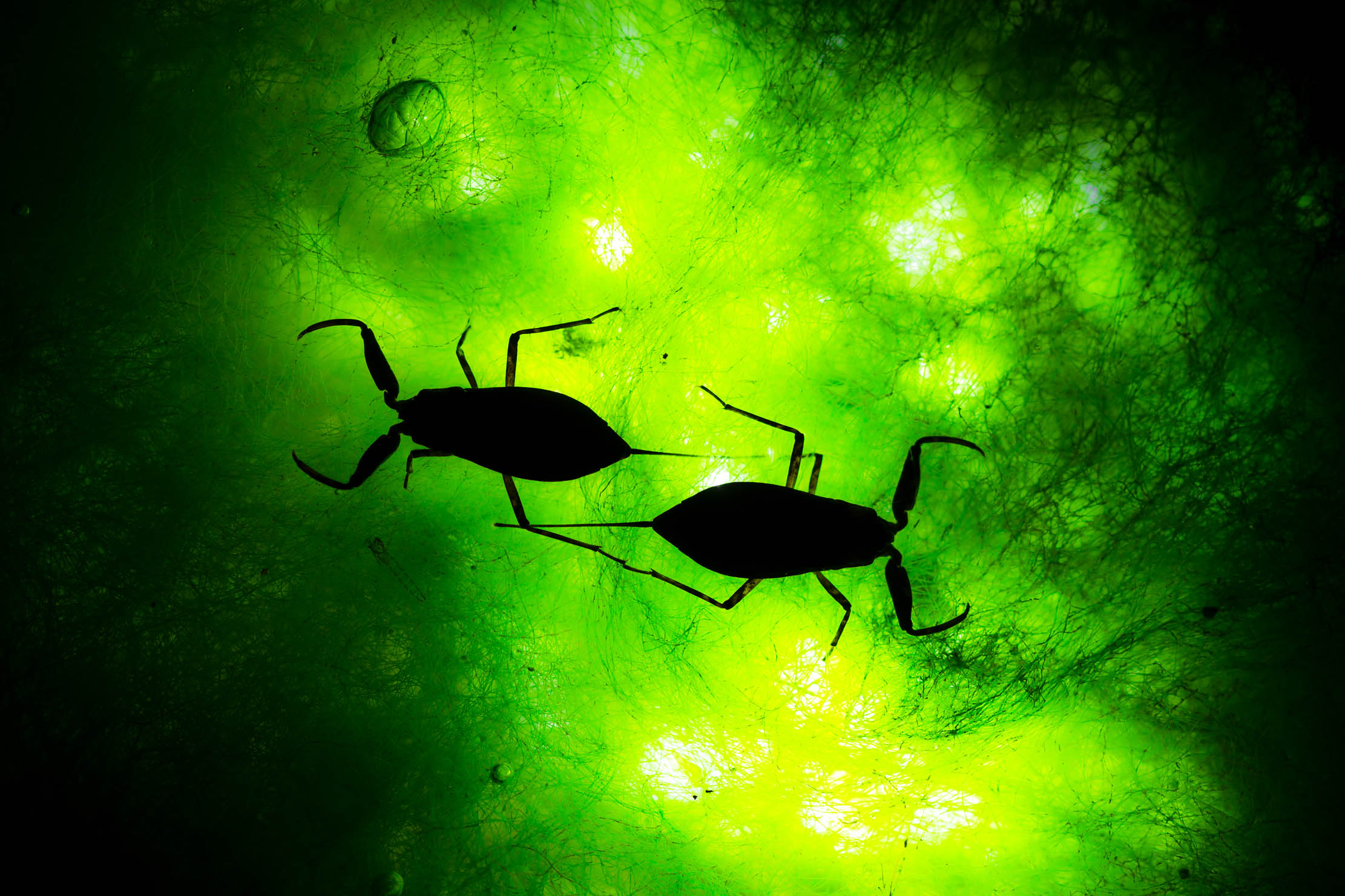
The thrilling, funny and scarcely believable stories behind the amazing photographs from the 2020 Wildlife Photographer of the Year
Toby Keel is Country Life's Digital Director, and has been running the website and social media channels since 2016. A former sports journalist, he writes about property, cars, lifestyle, travel, nature.

